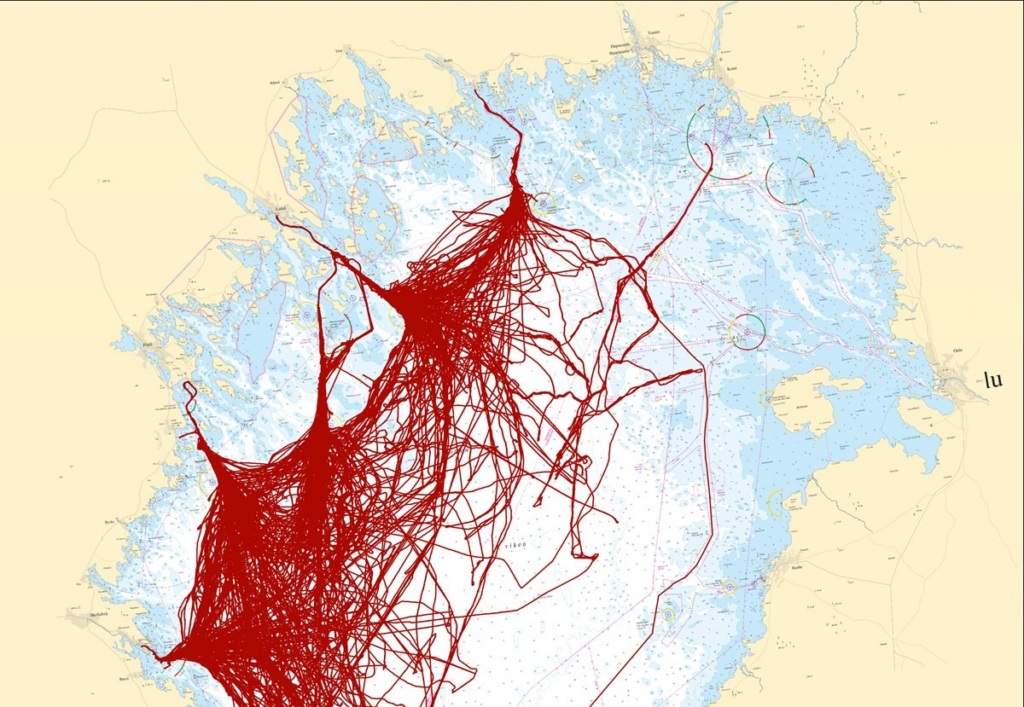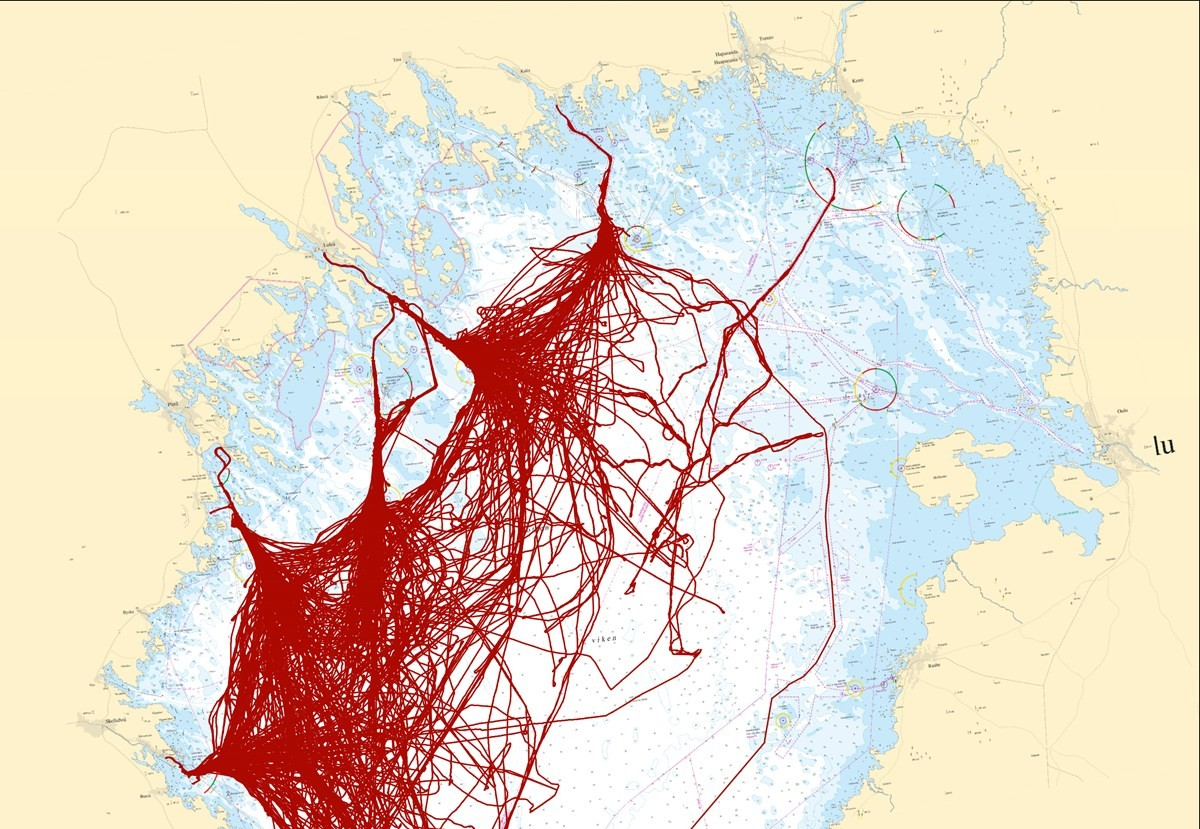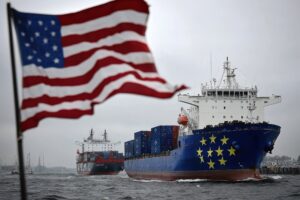
As the ice season comes to an end, the Swedish Maritime Administration can state that the past ice winter, which is nevertheless classified as normal, has meant hard work for the icebreakers, who moved over almost the entire Gulf of Bothnia.
All five state icebreakers have been working at full capacity since the first assistance in December, and the Swedish Maritime Administration has periodically had to reinforce with several hired resources. In March, it also became clear that the Swedish Maritime Administration is purchasing a used icebreaker to increase capacity for the coming season.
The tough winter has also put great strain on the Maritime Administration’s finances, with the operating budget being exceeded and greater repair costs for the well-maintained but aging icebreakers.
The number of assists so far has amounted to 1452, compared to 614 in the 2022/23 season. The icebreaker Ymer is still working, although the situation is now calm and the season is beginning to suffer towards its end.
“This season has meant more than twice as much work for our icebreakers,” says Niclas Härenstam, communications director at the Swedish Maritime Administration.
When the ice is thick in the Gulf of Bothnia, ships cannot count on being able to navigate the fairway. Instead, it is all water with sufficient depth that is used for sea transport, which means that in principle the entire Gulf of Bothnia has been used.
The AIS tracks after the icebreaker assists clearly show the movements of the icebreakers over large parts of the Gulf of Bothnia.
“There are no predetermined routes for the icebreakers to take. They have had to move throughout the Gulf of Bothnia to ensure the supply of goods to northern Sweden,” says Niclas Härenstam.
Nine out of ten goods that arrive in Sweden go via the lake at some point, and without ice breaking the ports in northern Sweden would have risked being closed up to 130 days a year. Close to ten million tons of goods, which corresponds to approximately one million trucks, are shipped every winter to and from the ports in the Gulf of Bothnia.
Source: Swedish Maritime Administration (Sjöfartsverket)



